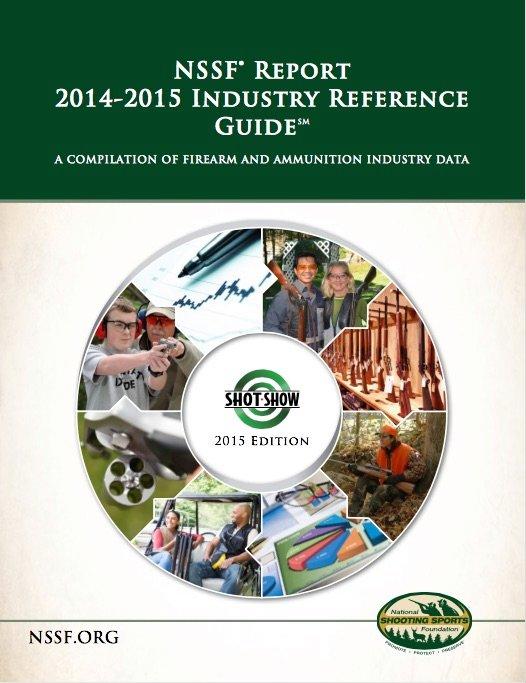NSSF report shows increases in female hunters, bowhunters and other positive trends
Along with finding new products at last week's Shooting, Hunting, Outdoor Trade (SHOT) Show, I also attended a press conference that released data on firearms and ammunition. The National Shooting Sports Foundation (NSSF) Report 2014-2015 Industry Reference Guide, a 186-page document, broke down the numbers and included a section on hunting.

Last year, the number of paid license holders dropped from 14,629,726 to 14,590,734. Don't despair, though, because the last 5 years have seen a slight increase of 1 percent in paid license holders. In fact, hunting license sales have gone up by nearly 5 percent from 1960 to 2012.
It surprised me to learn that 65 percent of those who say they are hunters go hunting annually. Most hunters, one-third, hunt an average of 6 to 15 days yearly.
Other long-term trends look promising. For example, in the past 30 years, more hunters have traveled greater distances to hunt outside of their respective states. From 1982 to 2012, the increase in purchases of tags, permits, stamps and licenses went from 5.7 percent to 8.9 percent.
The report also included a breakout of bowhunting license information. In 2013, the top five states for sales of bowhunting licenses included Michigan, Pennsylvania, Wisconsin, Ohio and New York. Bowhunting licenses escalated from 3,186,618 in 2004 to 3,615, 369 in 2013 – a 13.5 percent increase.
Female participation in both firearms and bowhunting trended way up. Whereas the average age of a male participant in hunting is 42.8, the average age of a woman is 34.4. Females now claim 19.4 percent of the hunting demographic, up from 10 percent in 2001.
What effect does hunting have on the economy?
- Because of the Pittman-Robertson Act, hunters and shooters have contributed more than $9 billion to conservation since 1937
- Waterfowl hunters contribute $81 million annually in duck stamp proceeds
- Long gun excise taxes have seen a rise of 191 percent over the past 10 years
For the sake of brevity on a blog post, I've narrowed down some of the more interesting findings of this report. If you're a numbers person, you'll want to read more of this report. If you're in the outdoor industry, you need to know more about it.
Visit NSSF.org to learn more and to join.







